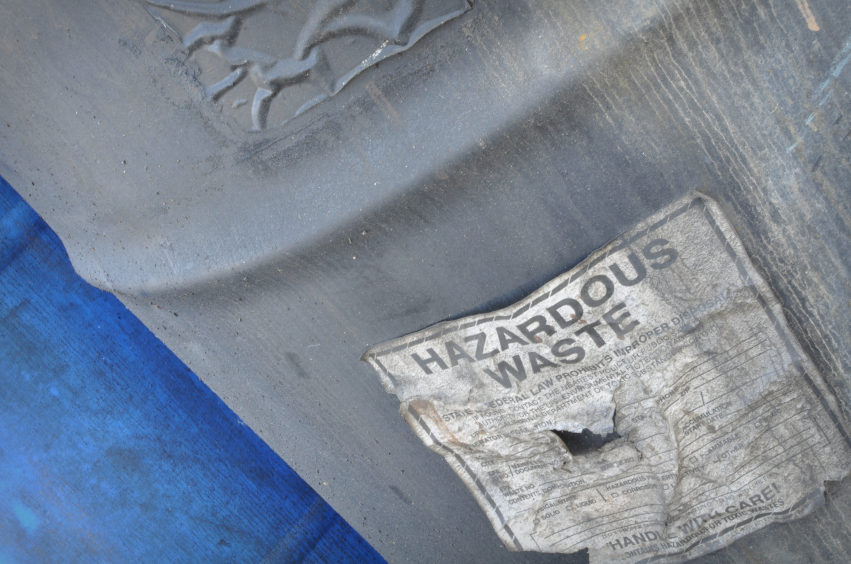 |
If you have hazardous waste at your facility, you are a generator of hazardous waste. If you decide to manage some of it as universal waste, you are automatically a universal waste handler by virtue of being a generator of universal waste. Generated universal waste is not counted in a generator’s hazardous waste quantity if it is managed according to universal waste rule standards. As a generator, your facility would likely send waste to a facility that receives universal waste. The owner/operator of that facility is also, by definition, a universal waste handler.
Recap: What wastes can be universal wastes?
The EPA classifies the following as universal wastes:
- Batteries (nickel cadmium batteries, in particular)
- Recalled or unused pesticides
- Equipment containing mercury (including thermostats)
- Lamps
Note. Your state may have additional wastes that can be managed as universal wastes.
Forget expensive calls to lawyers and consultants. With Enviro.BLR.com, you get instant access, 24/7. Try it out today and get the 2015 EHS Salary Guide, absolutely free. Download Now.
Try to remain a SQHUW
If you decide to handle your hazardous waste as universal waste, there are fewer requirements if you are a small quantity handler of universal waste (SQHUW), as opposed to a large quantity handler (LQHUW). An SQHUW can accumulate less than or equal to 5,000 kilograms (11,023 pounds) of total universal waste at any time.
Both SQHUWs and LQHUWs must comply with an accumulation period of 1 year for storing universal wastes (a permit is not needed). The year-long accumulation period is measured from the time the waste is either generated (the date it becomes a waste) or received from another universal waste handler. As an SQHUW or LQHUW, you must be able to demonstrate the length of time that the universal waste has been in your facility.
Everything You Need for Environmental Compliance
Enviro.BLR.com puts everything you need at your fingertips, including practical RCRA, CAA, CWA, hazardous waste regulatory analysis and activity, news, and compliance tools. Try it at no cost or risk and get a FREE report.
The universal waste rule suggests various methods to meet this requirement, including:
- Placing the universal waste in a container that is marked or labeled with the earliest date that any universal waste in the container became a waste or was received;
- Marking or labeling each individual item of universal waste with the date it became a waste or was received;
- Maintaining an inventory system; and
- Placing the universal waste in a specific accumulation area.
